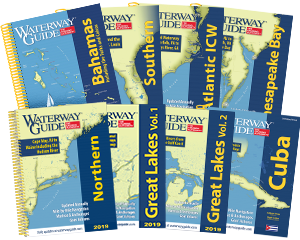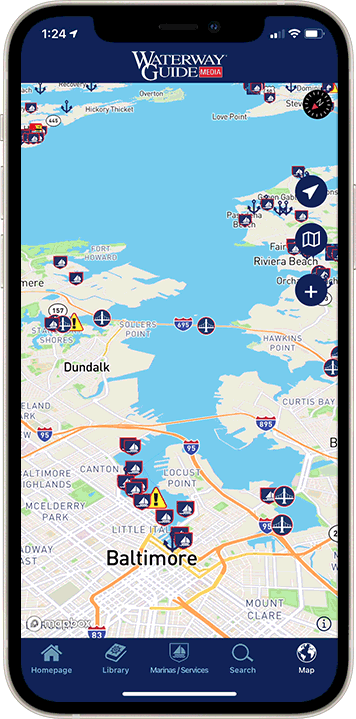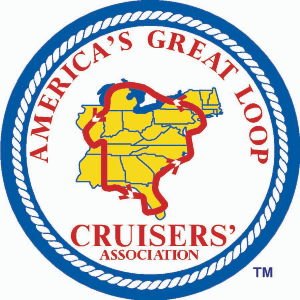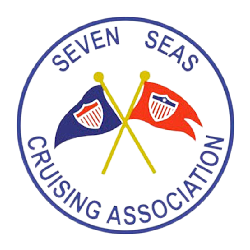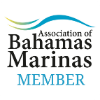Explore Our Latest News & Articles
"Hey guys, I need some help!" This was a remark that we were greeted with at a recent Gam. This fella had bought a 'bunch' of chain and was dismayed when it didn't work in his windlass, nor did it match his existing chain even though it was the same 'size'.
We could empathize; back when we were new to anchoring, we, too, had a similar experience; that's when we realized there was more to choosing chain than just picking a 'size'.
Standards
There are three major manufacturing Standards that dictate chain dimensions and strengths:
• ISO Standard (International Standards Organization)
• NACM Standard (National Assoc. of Chain Manufacturers)
• Din 766 (Metric Standard)
There are also a few other less common Standards; chain can also be manufactured to no recognized Standard, with the 'no Standard' chain being a questionable choice for use in ground tackle.
Jargon
ISO Standards are used to make chain compatible with windlass use, often referred to as ACCO chain. This chain comes as Schedule 30 (G3), either as Proof Coil (PC) or BBB (Triple B or 3B), or as Schedule 43 (G4) called High Test (HT).
In addition, ISO chain is often 'double dipped', which means that it was left in the molten zinc for longer than usual, resulting in a thicker, thus longer lasting coating.
NACM Standards are used to make chain for 'general use', often called industrial chain, generic chain, or general purpose chain. NACM chain also comes as Schedule 30 (G3), but only as Proof Coil (PC), and as Schedule 43 (G4), this, too, is called High Test (HT).
Even though NACM chain is made for 'general' use, several windlass manufacturers make wildcats (aka: gypsy or chain wheels) which are compatible with this chain.
NACM chain also comes in higher Grades of strength, all of which lose strength when galvanized. A second heat treatment following the galvanizing process will recapture the original strength of the chain, but since this adds to the cost, using one of these higher strength chains is of questionable value unless weight savings is important.
Although both ISO and NACM Standards use the same 'terms', and within the same Schedule or Grade the strengths are the same, dimensions between them differ.
NACM standards also include stainless steel chain, which has a strength that is greater than G3 chain, but less than G4 chain. If used as ground tackle, 316L chain is the better choice, but, even 316L is susceptible to forming cracks, often hard to see or invisible to the naked eye, which can lead to failure, more so in saltwater, or water that is dirty or polluted.
In order to match stainless steel chain to a windlass, some companies (Suncor Stainless, Inc. is one) manufacture stainless steel chain to ISO, NACM and Metric dimensions, though the chain still remains prone to the weakness noted above.
DIN 766, the metric Standard, has G3 strength, though the dimensions of this chain differ from that of ISO and NACM chain. Some manufacturers (CMP/Titan for one) have developed metric chain to G4 strength while retaining the sizing dictated by Din 766.
(SIDE NOTE: With G3 chain regular-strength (carbon) shackles fit and match WLLs; with G4 chain, high-strength (alloy) shackles are the shackles to use to fit and match WLLs.)
Hallmarks
To help establish a chain's pedigree, look for an embossed (raised) hallmark on the chain's links; if necessary, get in touch with the chain manufacturer to help with identification.
If the hallmark is indented instead of embossed, or is missing, this indicates that the chain was not made to a recognized Standard, with its use in anchoring questionable.
First Things First
The first challenge when picking a chain is to choose its strength based on the loads that the boat will develop in the harshest conditions in which the boat might be anchored; Work Load Limits (WLL) are the figures to use. (See Load Table)
When used independent of a windlass, chain from any Standard can be used as long as it has the minimum WLL required of it. On the other hand, though the differences between ISO, NACM and Metric chain may seem insignificant, these differences can be critical if a windlass will be used.
In either case, first choose the chain based on required strength, and then match a wildcat this chain.
Trial Fitting
If the wildcat's code is absent or is not clear, and the manufacturer is not helpful, then the wildcat will need to have various chains trial-fit until the correct chain for that wildcat is identified.
One approach is to remove the wildcat from the windlass and take it to a chandlery or chain supplier where various chains can be trial-fit.
Another option is to order 2 to 3 foot samples of various chains from a supplier, even if there is an associated cost, and trial-fit them yourself.
If this cannot be accomplished locally, you can send the wildcat, preferably insured, to a chain supplier for trial-fitting. Any of these methods are less expensive than taking the chance of buying a significant amount of chain that might not be usable in your windlass.
Adequateness
If an existing windlass cannot be fitted with a wildcat that will handle chain of sufficient strength, then the only choice is to replace the windlass with a model that has a suitable wildcat, or plan on retrieving the chain by hand.
So when looking for chain, choose chain that has more than an adequate Work Load Limit (WLL), and if a windlass will be involved, chose a windlass that has a wildcat that was designed to work with that chain.

Rudy and Jill Sechez have been cruising and living onboard since 1997, first on a 37' wood sailboat which they built in their backyard, then on Briney Bug, a 34' sail-assisted wood trawler which they designed and built. They are the authors of the book, "ANCHORING- A Ground Tackler's Apprentice" (in hard-copy and App), available from Waterway Guide. They are available to speak on 'Anchoring', 'Cruising Simply' or 'Tips for Navigating the ICW'.


